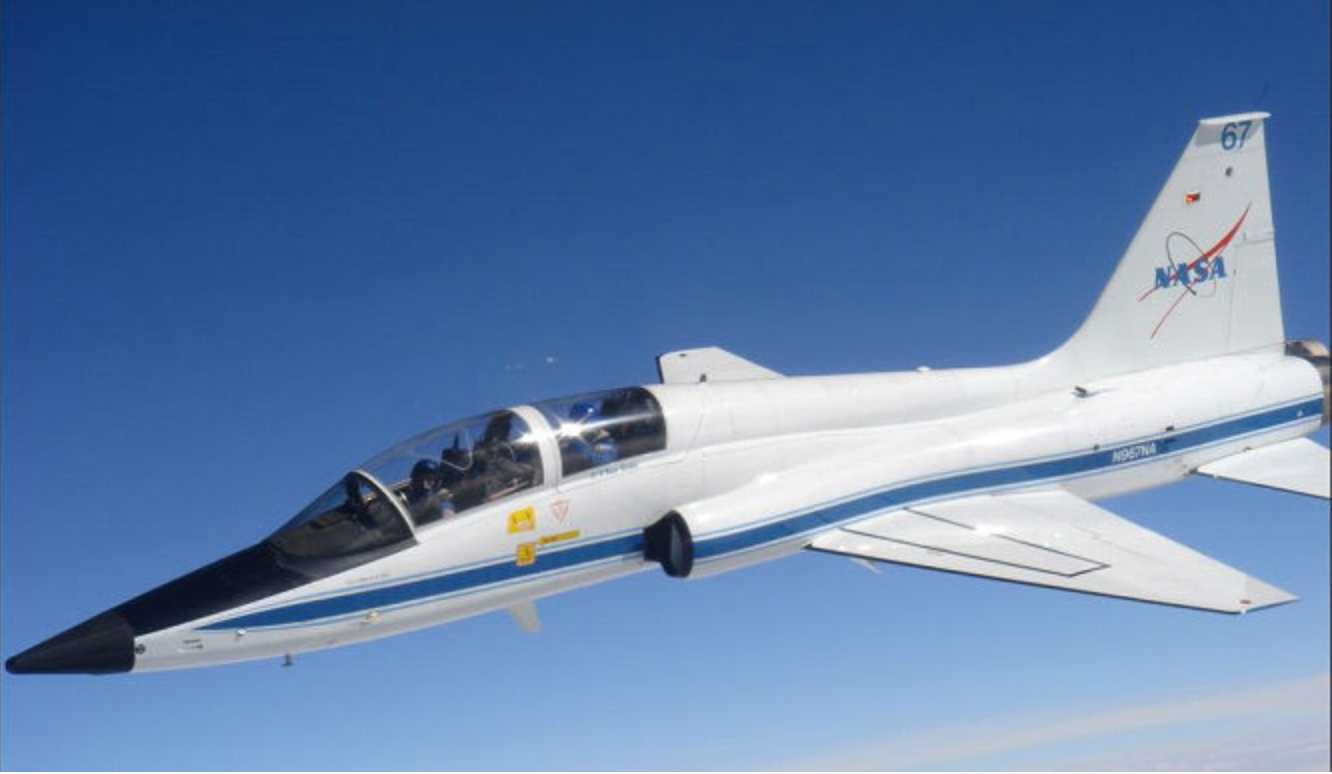
A participant writes about the early days of numerical control machining and also discusses how definition of complex aircraft shapes was done prior to the computing era. Imagine the labor intensiveness of that process, which descended from traditional shipbuilding techniques but surely required a much higher degree of precision when applied to aircraft production.
A Bendix G-15 computer was used for the NC work described at Northrop, with paper punched tape as the communications medium between the computer and the machine tool. There is a Bendix G-15 at the American Precision Museum in Vermont, along with many machine tools and other interesting exhibits–see my post here. Recommended visit for those interested in the history of technology.
If you find yourself in the bay area a visit to the computer history museum is a must. I don’t know whether it is affiliated with Google or founded by Google but what I call “Google Ville” is right next-door and that is worth a drive through. It’s a small city onto itself.
But the museum has examples of modern computers going back to the Eniac.
I’m sure there’s a Bendix G – 15 there too
It’s amazing what we designed before the help of powerful computers. Look at the Saturn V or the SR – 71.
The T-38 is still used by the Air Force as a trainer after all these years, although some of them have had structural problems and a replacement is still in process
It is amazing what could be accomplished with paper tape NC machines.
It also could be frightening when things didn’t go well. The best thing that came along is when memory started to be added to the controls. Up until then, you were depending in a strip of octal paper tape to survive repeated runs though the reader head, because with no memory onboard, -the tape was the memory-.
Sometimes the creation of the NC program was done via a remote computer. Uncorrected comm-line errors punched into the tape and fed into the machine must have had…interesting…results.
The process now isn’t much different now. CAD computes the curves and splines, CAM takes that and spits out G-code to generate the tool path that’s fed to the machine controller that translates that into servo vectors that replace the increments that they used. It wasn’t explicit in the article but I think they were generating between 20,000 and 100,000 increments per inch.
There’s still a lot of human intervention and judgement involved. Breaking a $1,500 tool and ruining a $15,000 part is not a good day. Here, there’s probably an application for machine learning/data mining/AI. There are millions of part programs that worked and millions that didn’t to use to train on, the problem is that most all of them are proprietary. I know of big manufacturers that are doing this now, but again, because of IP concerns, all will likely remain private.
One of the truly “exciting” events that would occur in the NC era was caused by the fact that, at the time, electrical drives weren’t powerful enough to provide precision movement, so the movement was supplied by hydraulic drives controlled by electronics. The machines had a ‘tower’ unit that incuded a tank, pressurizing pumps, pressure bottle, intercoolers, etc. It’s operating at about 3000 psi, and it whined, all the time.
So we’re merrily working away, and there’s a power glitch. The electronics instantly forget everything. But the hydraulic system continues to do whatever it was doing when the power flickered. With maybe 40 hp behind it while the pressure bleeds down.
While working, the sound of thunder in the distance would cause a PA call to “Park ’em and shut ’em down!” Because that was cheaper in the long run.
Interesting review of machine tool development here:
https://www.construction-physics.com/p/what-happened-to-the-us-machine-tool
Along with a lot of other discussions.
About the T-38: I had prior time commitments when an airshow was scheduled at the local base. I gave my camera to a friend and asked him to take some pictures for me. What I received were a number of pictures of an Apollo astronaut climbing out of his T-38 after he landing there.